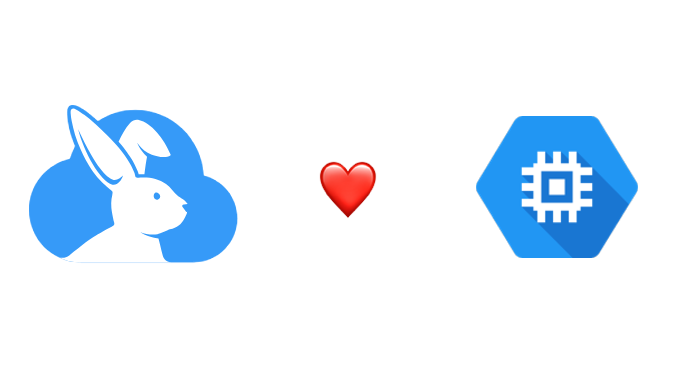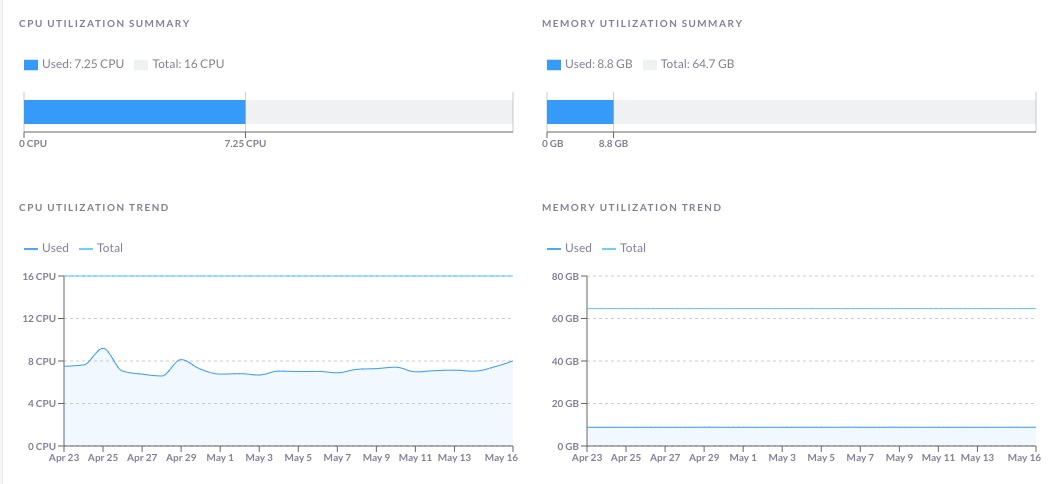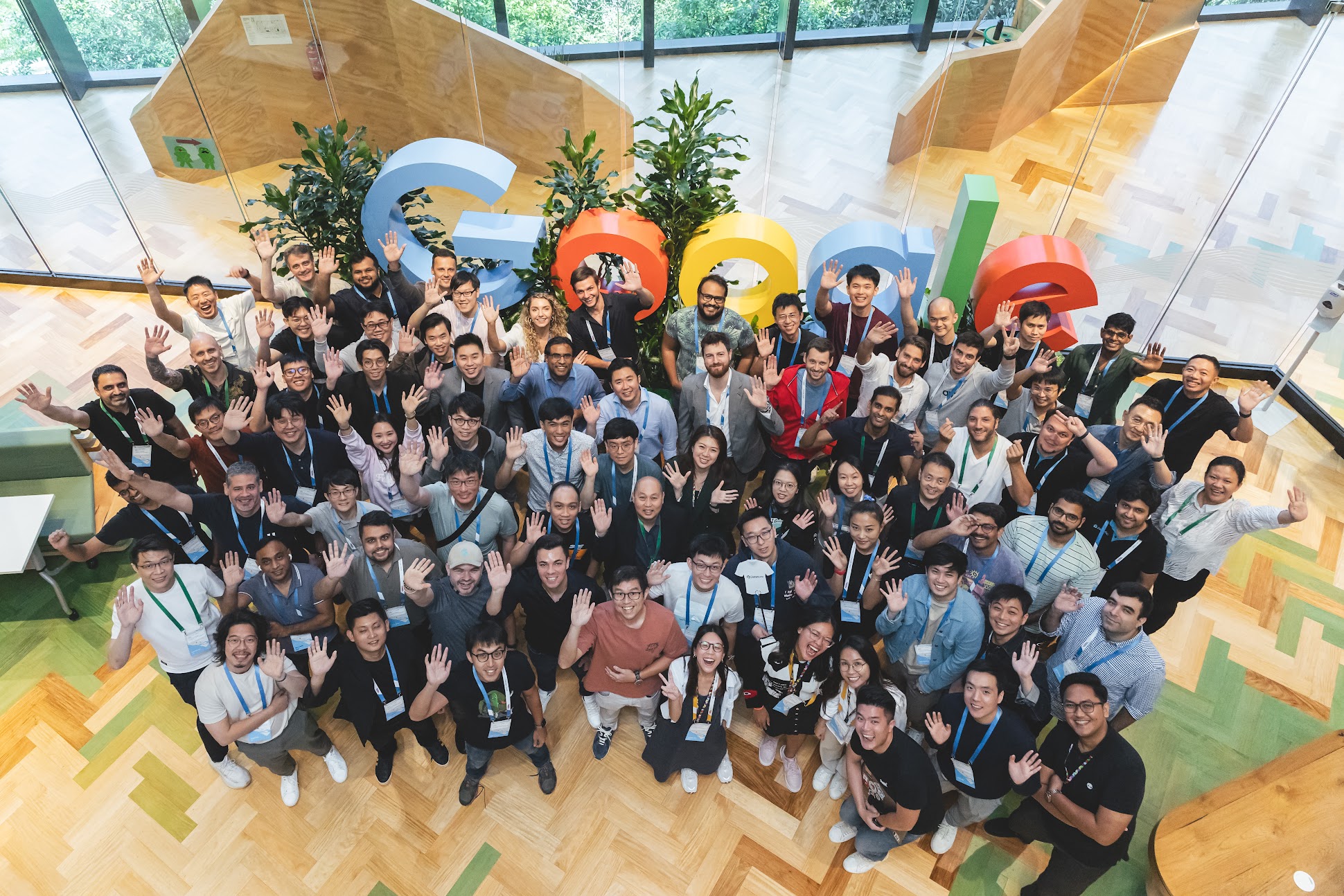Dive deep into your Compute Engine costs now
Rabbit Team
4 min read

Compute Engine is pretty much the bread and butter of Google Cloud Platform, and Rabbit now offers enhanced support for it.
Compute Engine (GCE) is a highly customizable infrastructure-as-a-service offering of the Google Cloud Platform (GCP), which lets you create whatever virtual machines (VMs) you may dream up. It’s a versatile and powerful service, but GCP is not exactly at the top of its game when it comes to cost transparency about it, so we can all breathe a sigh of relief now, as Rabbit is rolling out enhanced support for GCE!
Rabbit’s enhanced support includes:
- better cost transparency for GCE in general
- utilization metrics
- support for managed instance groups and
- machine type recommendations (family and size) based on your past usage
Before we dive into the details, let’s see if this is for you. “But we are cool kids and we use Kubernetes for everything!” we hear you cry. “How does this all concern me?” We’ve seen our customer data: even if your main services are running on Kubernetes and whatnot, a lot of the plumbing is built atop Compute Engine: Jenkins, self-hosted Github runners, databases, they are all running on Compute Engine virtual machines. So, yes, there is a high chance that it is for you.
Let’s see the details!
Better cost transparency for CE
In your billing, it’s not straightforward to distinguish your actual compute costs, and the costs of other GCP offerings that utilize CE (like Kubernetes or Dataflow): the costs of the VMs that support your massive Kubernetes cluster are just compute engine costs. Rabbit now offers the ability to get a clear sense of your Compute spendings, which- as usual - comes with visualizations, so you can see trends and details at a glance.

Utilization metrics
Sure, you could build dashboards for your VMs in the Metrics Explorer, but frankly who would want to?
Rabbit creates a utilization summary for the selected period, so it simplifies the process of checking underutilized instances because you can see this information in the list of instances and instance groups.

(One caveat: Memory utilization is available only if you’ve installed Google’s Ops Agent (read more here) on your VM. Always install your Ops Agents! It’s a cool tool, Google recommends it, Rabbit recommends it, it’s just a must-have if you want to track memory and disk usage.)
Support for managed instance groups
Managed Instance Groups is a feature that adds autoscaling, health checks, and autohealing to your VMs. Isn’t that magical? Rabbit now lets you see the costs and utilization metrics & trends for your groups: not the individual instances, but the actual groups! This is something you can’t easily do with GCP alone.

Machine type recommendations (family and size) based on your past usage
Engineers often overprovision their instances: that is, they reserve more CPU and memory for the virtual machines than necessary. This isn’t a bad practice when starting a new service, but it leads to sizable waste in the long run. Rabbit takes a look at the historical usage of your instance or managed instance group, and calculates the ideal machine size. This is a bit like GCP Rightsizing, except it actually works (we’re not bragging, we’ll provide it soon).

But there’s more: Rabbit knows the prices & capabilities of the various machine families, and notices if you can save money by switching to a different machine type. For example, did you know that N2D (AMD) machines are markedly cheaper than N2 (Intel) machines, with a whopping 18% better performance. (More details) (Note: as of now, Rabbit is taking it safe and suggests machine type conversions only within the same machine family.)
Try it for free now!



